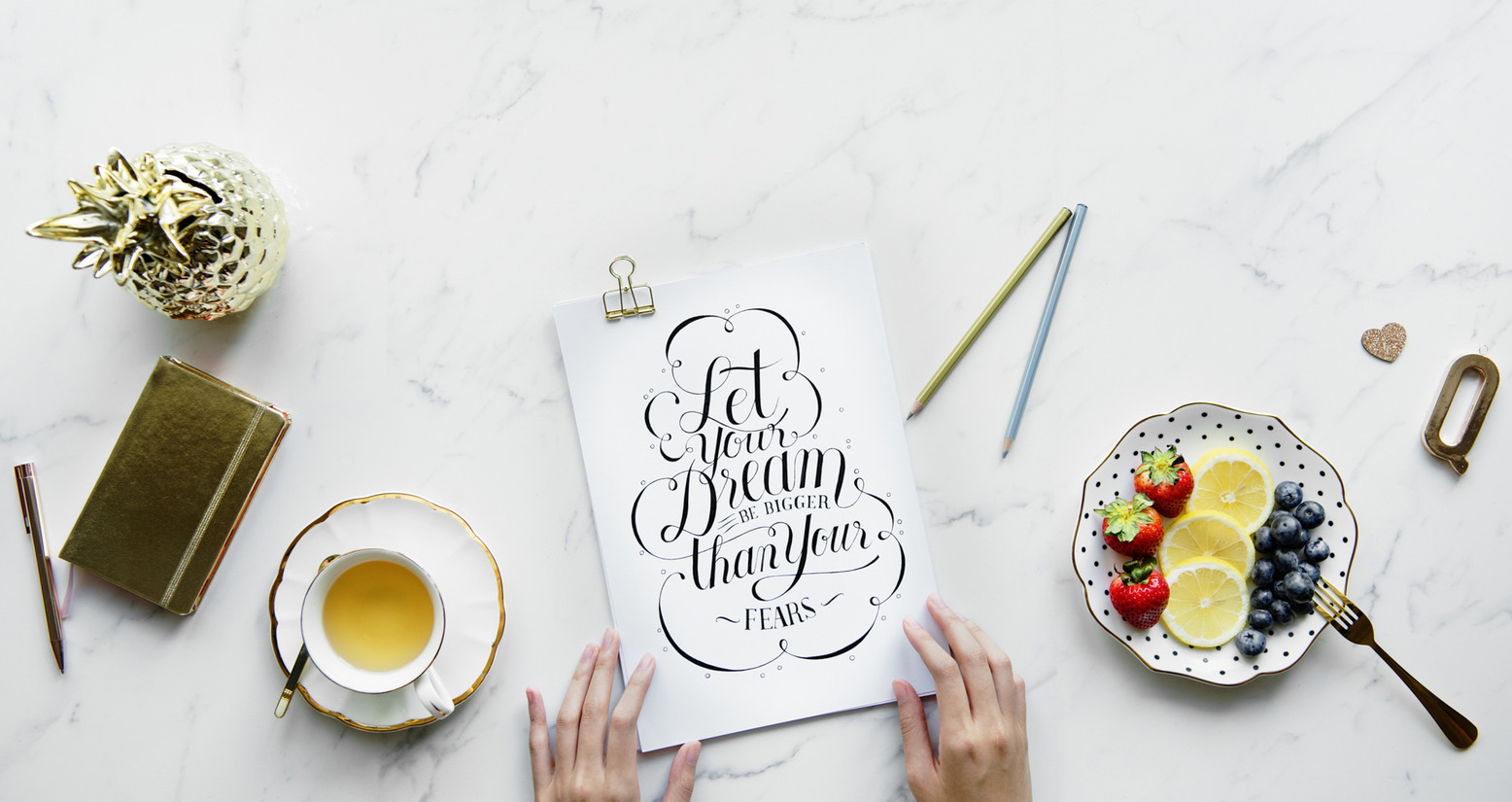How to Sketch Fashion Designs Step by Step: A Comprehensive Guide

Fashion sketching is the alchemy of transforming imagination into visual artistry. Whether you’re an aspiring designer or a creative enthusiast, mastering how to sketch fashion designs step by step unlocks a world of sartorial storytelling. This guide will walk you through the process with precision, blending technical know-how with whimsical creativity.
1. Gather Your Tools: The Foundation of Flawless Sketches
Before diving into how to sketch fashion designs step by step, arm yourself with the right instruments. A 9H pencil for light guidelines, a 2B for bold outlines, and fine-liners for crisp details are essential. Watercolor markers or digital tablets can add vivacity to textures like silk or denim. Don’t forget tracing paper—it’s a clandestine hero for refining proportions.
2. Understand Human Anatomy: Crafting the Croquis
Every fashion sketch begins with a croquis—a elongated figure template. Start by drawing a vertical line for balance. Divide it into ten equal segments: one for the head, two for the torso, and seven for the legs. Use oval shapes to map joints, ensuring fluidity in poses. Pro tip: Exaggerate the legs by 1.5x for that quintessential runway silhouette.
3. Draft the Pose: Dynamic Lines and Movement
Static figures lack drama. Infuse energy by tilting hips or raising a shoulder. Use contrapposto (weight shift) techniques for realism. Sketch light “action lines” to guide posture—think of a dancer mid-twirl or a model mid-stride. This step in how to sketch fashion designs step by step ensures your designs exude life.
4. Outline the Garment: From Silhouette to Structure
Now, layer your design onto the croquis. Start with the garment’s silhouette: is it A-line, mermaid, or boxy? Use geometric shapes to block volumes. For ruffles or pleats, employ undulating lines that follow body curves. Remember, seams and darts define fit—mark them lightly before committing.
5. Render Fabrics: Texture and Drape Mastery
Here’s where creativity flourishes. Use cross-hatching for tweed, soft smudges for chiffon, or zig-zags for sequins. Pay attention to drape—how fabric cascades from shoulders or pools at the hem. A satin gown might have sharp, reflective folds, while linen shifts with gentle creases.
6. Add Details: Embellishments and Accents
Buttons, zippers, and embroidery elevate sketches. Draw lace with intricate filigree patterns or studs with tiny circles. For prints—like florals or animal motifs—sketch repeats that follow garment contours. Pro tip: Use a kneaded eraser to create highlights on leather or metallic fabrics.
7. Play with Color: Harmonizing Hues
Color breathes soul into your design. Start with a base layer, then build shadows and highlights. Use complementary palettes (e.g., cobalt and mustard) for contrast. Watercolor markers blend seamlessly for ombré effects, while digital tools offer infinite experimentation. Label Pantone codes if drafting for production.
8. Finalize with Flair: Line Weight and Finishing Touches
Trace over key lines with a 0.5mm pen for definition. Vary line weight—thicker for outer edges, thinner for internal details. Add a wash of gray marker for depth or a splash of gold ink for flamboyant trimmings. Erase stray guidelines to polish your masterpiece.
9. Digitize Your Design: Bridging Analog and Modern
Scan your sketch and import it into Procreate or Adobe Illustrator. Use layers to isolate colors and textures. Adjust opacity for sheer fabrics or add digital embroidery with vector brushes. This hybrid approach is pivotal in contemporary how to sketch fashion designs step by step workflows.
10. Practice Relentlessly: Cultivating Your Signature Style
Sketch daily—experiment with avant-garde shapes or minimalist tailoring. Study icons like McQueen’s drama or Chanel’s elegance. Analyze fabric swatches and runway videos. Over time, your hand will develop a kinetic confidence, turning fleeting ideas into tangible art.
Conclusion: Your Journey from Doodles to Design
Mastering how to sketch fashion designs step by step is a vibrant journey of patience and passion. Each stroke captures a narrative, each hue evokes emotion. With these techniques, you’re equipped to transform blank pages into breathtaking collections. Now, grab your tools—your next sketch could be the blueprint of tomorrow’s trends.
